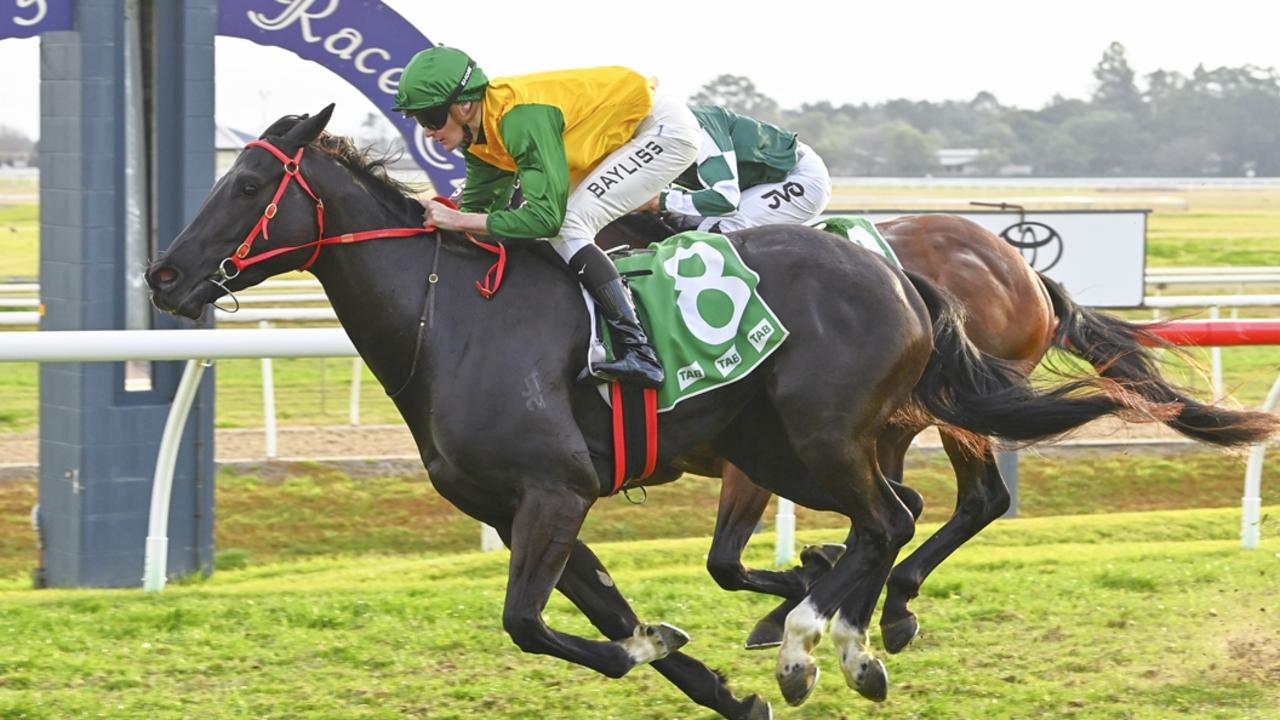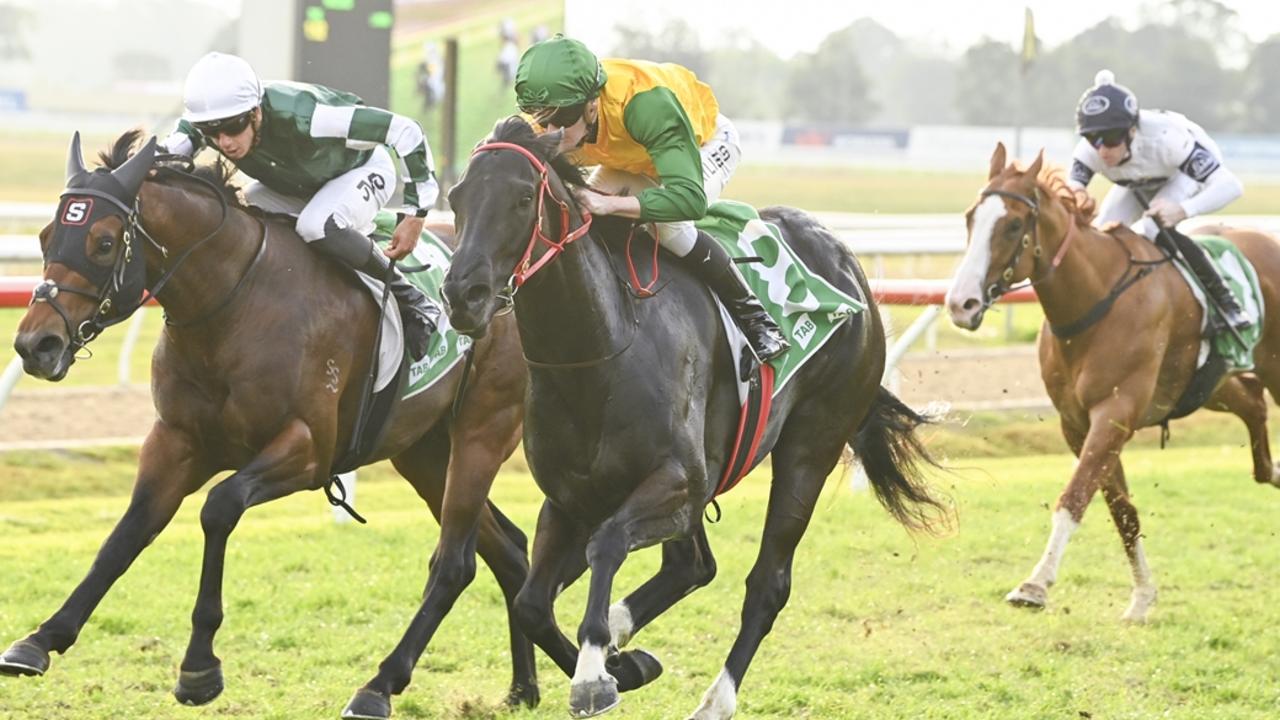The Everest quick to make its mark on Sydney’s sporting landscape
IN the countdown to the inaugural running of The TAB Everest at Royal Randwick, it has become apparent Sydney racing has already backed a winner.
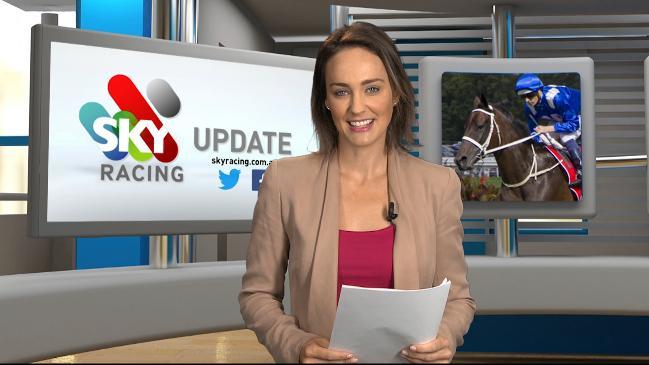
SuperRacing
Don't miss out on the headlines from SuperRacing. Followed categories will be added to My News.
THE best thoroughbred sprinters in training, a famous racetrack with world-class facilities and a massive $10 million prizemoney pool — this was always going to attract attention.
In the countdown to the inaugural running of The TAB Everest over 1200m at Royal Randwick on October 14, it has become apparent Sydney racing has already backed a winner.
THE EVEREST: MEGA RACE’S $100m BOOST TO SYDNEY
RACE GUIDE: ALL YOU NEED TO KNOW ABOUT THE EVEREST
The publicity and interest this race has garnered both domestically and internationally has given The Everest a momentum the organisers could only dream of a few months ago.
“It hasn’t surprised me that it would generate interest in Australia but it has surprised me how much interest there has been internationally,’’ Racing NSW chief executive Peter V’landys said.
“What attracted me to this concept originally was, among other things, the publicity it could generate and how it could market racing. But I never expected this much interest — it has gone well above my expectations.’’
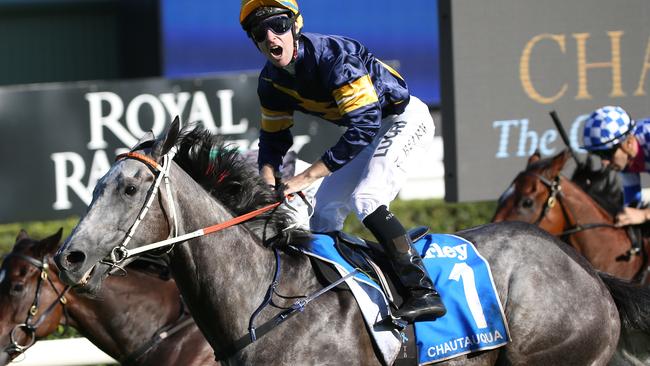
The final field for the inaugural running of the The TAB Everest boasts an outstanding collection of sprinters. They include:
• Seven individual Group 1 winners in the race — Chautauqua, She Will Reign, English, Redkirk Warrior, Vega Magic, Redzel and Clearly Innocent.
• There are two last-start Sydney track record-holders in the field — Redzel (Randwick, 1100m) and Deploy (Rosehill, 1300m). In fact, Deploy also set a new Randwick 1200m course record two starts back.
• Magic Millions winner Houtzen, a multiple Group 1 placegetter Fell Swoop, and former Japanese sprinter Brave Smash, a dual stakeswinner and Group 1 placegetter, and Golden Slipper minor placegetter Tulip.
• The 12 sprinters have won 84 races between them, including 14 at Group 1 level, with the group earning more than $24 million prizemoney.
“Never in my wildest dreams did I expect such a good field,’’ V’landys said. “This is the best sprint field I’ve seen in my time in racing.’’
So, the stage is set for the most exciting and anticipated horse race in Sydney for years — and The Everest has only been a few months in the making.
V’landys is the driving force behind The Everest and pushed for the race’s introduction after reading about the Pegasus World Cup in the United States.
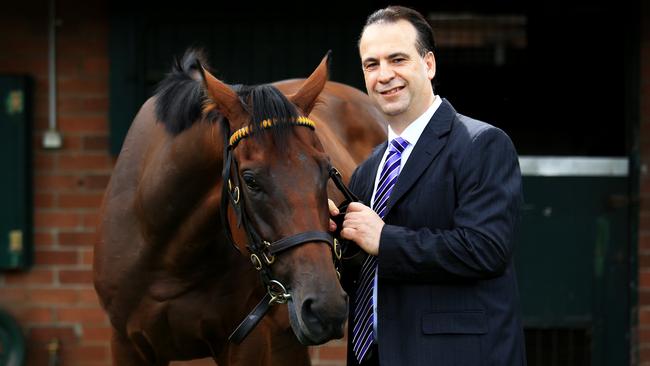
The Pegasus World Cup was run for the first time at Florida’s Gulfstream Park in January this year. The unique format required 12 shareholders to each pay $US1 million to purchase a slot (starting position) in the race for a then unspecified horse. The shareholder then has the right to race, lease, contract or share a starter, or sell their slot.
The inaugural running of the race attracted unprecedented interest from mainstream US media and was won by champion Arrogate, the world’s highest rated galloper.
V’landys understood the potential and interest a race of this type could generate for Sydney and Australian racing and persuaded the Racing NSW board to back his dream of staging the world’s richest racing on turf. Just a few days after Arrogate’s win in America it was announced the inaugural running of the $10m The TAB Everest would be run on October 14.
Racing NSW and Australian Turf Club officials thrashed out the key issues — determining the race distance, whether there was a market to sell the slots, and if a slot should be purchased for one year or longer.
It was decided the $10m The Everest will be run under weight-for-age conditions at Royal Randwick on October 14 and thereafter, on the second Saturday of October each year.
The 1200m race distance was chosen because Australian sprinters are highly regarded in world racing and since 2000 the likes of Black Caviar, Chautauqua, Choisir, Takeover Target, Miss Andretti and Scenic Blast have won major sprints overseas. This combined with the domestic depth in the sprinting ranks determined The Everest’s race distance.
“We decided if the race was over 1200m we would have a substantial pool of horses for the race,” V’landys said. “Apart from Black Caviar, who was a freakish champion, we haven’t had a sprinter to really dominate over 1200m. Chautauqua, of course, is world class but even he has been beaten. We felt there was more chance of having a competitive race with a field full of top quality horses at 1200m than any other distance.’’
When The Everest was first announced, there was predictable criticism. Where will the money come from? Who will be interested in forking out $1.8 million over three years? It is elitist! There won’t be a full field! Sydney’s spring carnival will never compete with Melbourne!
Most of this criticism was borne out of ignorance as The Everest’s foreign concept was widely misunderstood by many. This isn’t a race where the racing industry stumps up the prizemoney. Instead, it was for “investors” who could see the marketing and advertising potential, or those who felt the prizemoney and prestige of the race commanded their involvement.
The prizemoney pool is fully-funded from investors/subscribers and additional revenues generated from the event. There were 12 slots sold for this year race at $600,000 each with investors locking in for at least three years. To the surprise of most, including V’landys, within two months of going to market, all 12 Everest slots had been sold, leaving a number of interested parties disappointed.
V’landys admitted he didn’t think selling the slots was “going to be a walk in the park” but conceded it became easier to sell once people understood the concept. “I also felt we needed to sell the slots for three years because this would provide the race with certainty going forward. Because of the success of the race in its first year, it sells itself now,’’ he said.
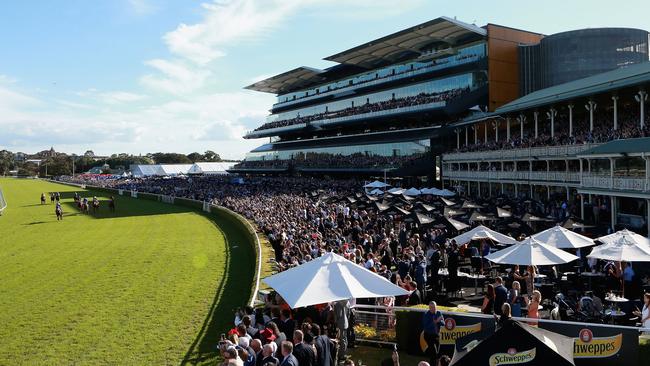
The next decision to make was when to run the big race. Sydney racing administrators have always viewed with envy the timing of the Melbourne spring carnival and this became a significant factor in determining when to stage The Everest.
The age-old problem for Sydney’s spring is the clashes with the NRL finals series through September into the first weekend in October which drew attention and interest away from the racetrack.
Melbourne’s spring carnival has always had a massive advantage in this regard as their five consecutive Group 1 Saturday meetings starting with Caulfield Guineas Day do not clash with the AFL season.
After careful deliberation, October 14 was chosen for The Everest, giving Racing NSW and the Australian Turf Club “free air” to market and promote without having to compete with the NRL finals.
There has been criticism The Everest now encroaches on the Melbourne spring carnival, clashing with Caulfield Guineas Day. However, The Everest’s timing is a neat fit for the Sydney spring carnival, bringing the feature racing to a climax with the world’s richest race on turf while providing a complementary race schedule for Melbourne-bound spring carnival contenders.
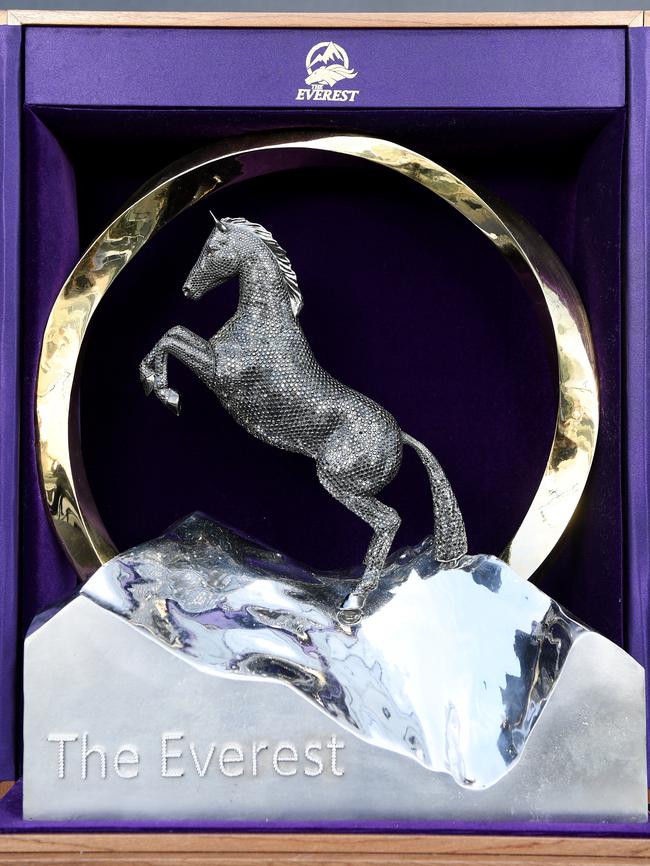
For example, The Everest is run two weeks before the Group 1 Manikato Stakes (1200m) at Moonee Valley. There is another two week gap before the Group 1 Darley Classic (1200m) at Flemington. There is a very real opportunity for the top sprinters to contest all three majors this spring.
V’landys pointed out The Everest is stimulating interest in Victorian racing, too.
“The irony of The Everest is that one of the biggest winners has been Victoria,’’ V’landys said.
“The Everest has added another dimension to the Melbourne sprint races. Everyone was watching the Moir Stakes at Moonee Valley last Friday night where She Will Reign produced an unbelievable performance to win.
“On the same night, Houtzen’s win also attracted a lot of interest, so has the runs of Brave Smash in Melbourne this spring, the win of Redkirk Warrior in the Bobbie Lewis Quality — there has been more attention on those sprints in Melbourne than ever before.
“All these races have had the spotlight on them so The Everest is helping to raise the profile of these Victorian races.’’
There was also criticism The Everest would an elitist race, the private domain of the rich and powerful. Trainer Gary Portelli’s “Cinderella” filly She Will Reign is all the proof needed this criticism is unfounded.
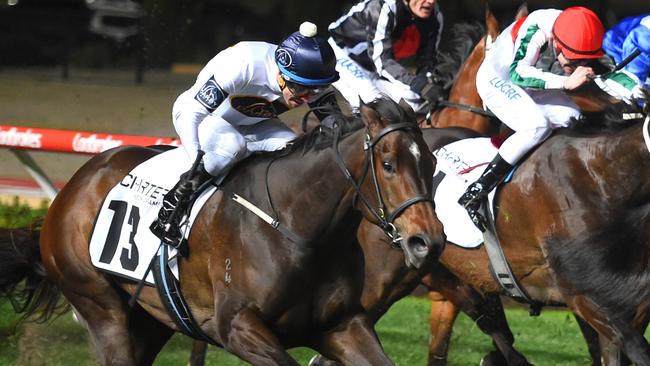
She Will Reign was purchased for just $20,000 as a yearling by Scott Darby of Darby Syndications and her ownership group is made up of everyday Australians — there’s builder, salesman, five old footy teammates, unemployed housewife, carpenter, three coalminers, podiatrist, teacher, landscaper, hospital worker, ice cream factory worker, two small business owners, nurse, family carer and retiree.
Most of She Will Reign’s ownership group had never even owned a racehorse before buying shares in the filly. She Will Reign has already won the richest race for two-year-olds in the world, the Golden Slipper, and now she is favourite for the world’s richest race on turf, The Everest.
Significantly, it didn’t cost She Will Reign’s syndicate of owners a cent to start in the $10 million Everest as slot-owner Yulong Investments negotiated to have the filly race in their slot.
“To think there is a billionaire Chinese businessman (Yuesheng Zhang) in partnership with a bunch of battlers from the western suburbs who are in She Will Reign,’’ V’landys said.
“With all due respect to those western suburbs people they would never have thought they would be in business with a billionaire Chinese investor and racing for $10 million — if that doesn’t speak for the race nothing does.’’
Originally published as The Everest quick to make its mark on Sydney’s sporting landscape

